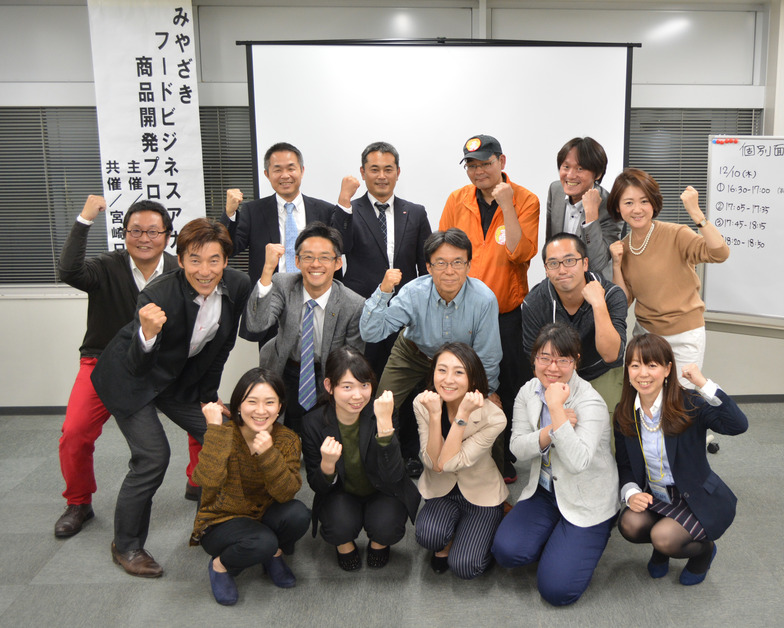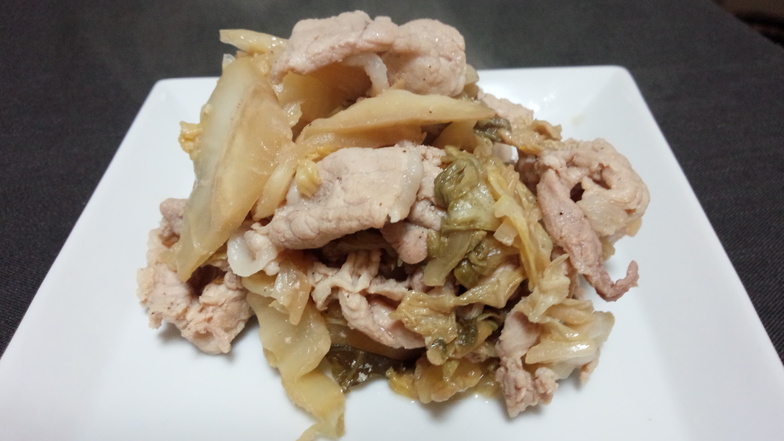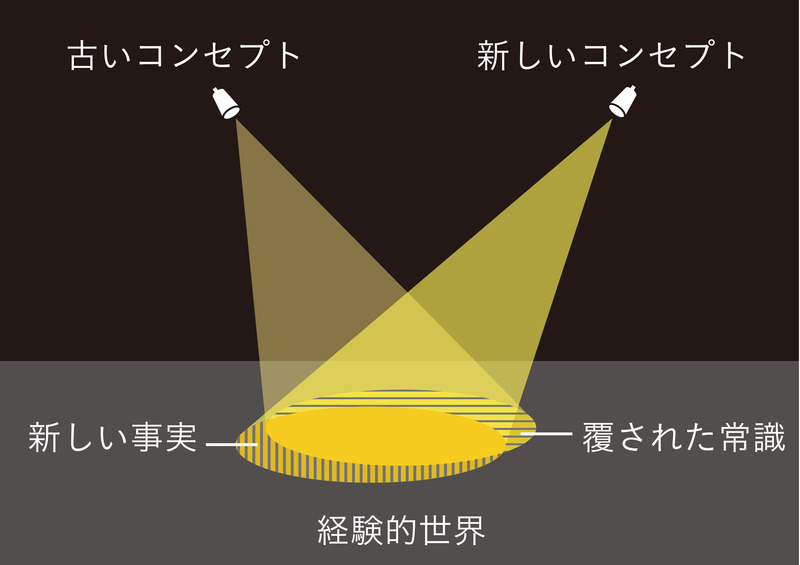As the weather gradually turns colder, the season for making pickles has arrived. I salted three heads of Chinese cabbage bought at the Tateshina Highlands, where the autumn leaves have already fallen. I pickled about 20 heads of "Otaki turnips," a traditional Shinshu vegetable mentioned in documents from 300 years ago, in sweet vinegar. The red turnips I pickled around this time last year lasted a whole year without molding. I hope this year's pickles keep well too. But right now, my kitchen is hit with a wild stink, thanks to the ginkgo nuts I bought in bulk and their aroma.

Old pickles (back) and new pickles
Now, the second session of the Miyazaki Prefecture-sponsored " Miyazaki Food Business Academy " (co-hosted by the Miyazaki Nichinichi Shimbun) has begun. Over four sessions, we'll explore "Creating Exciting Products" together with the participants. Once again, we have a diverse group gathered here, from a Yamame trout farmer to hotel staff and a yakiniku restaurant owner, each with their own unique background.

Participants of the 2nd Miyazaki Food Business Academy
This session's theme is "Challenge the Norm." Innovation is about creating things like "airplanes you can board as easily as a bus" or "music players that hold 1,000 songs." So, our first group discussion focused on what the "current norms" are in each participant's industry.
This stemmed from our experience in the first seminar, where we debated a revolutionary new searchlight. We realized that often, the very "current common sense" we aimed to overturn remained vague.
For example, what are the "current norms" for an izakaya?
Charged appetizers, beer for toasts (though recently chuhai, highballs, or non-alcoholic drinks are common too), snacks progressing from raw to fried items (though ordering rice dishes right away is increasingly common), extensive dessert options, feeling obligated to order drinks, or being fine with just set meal menus, a hideaway for adults, a dinner spot for families with kids, time-limited all-you-can-drink plans, chair seating or tatami rooms, sunken kotatsu tables, private rooms, counter seats for solo diners, Japanese-based cuisine, or a lot of fusion menus, budgets of 2000 yen, 3000 yen, 5000 yen, and so on.
There are common industry norms, and there are norms specific to each chain or group of restaurants. In any case, it seems like an endless number of possibilities could surface.
These are all searchlights like "An izakaya is a place with paid appetizers" or "An izakaya is where you toast with beer." Finding a new searchlight means you must negate one of the existing conventions. At the same time, "current conventions" are usually tied to "current profits." The tricky part is that you can't just blindly overturn them.
This indifference to "current conventions" also leads to what I've previously discussed: "fake concepts" (concepts that look good but don't function). Take the "Dynamic Premium" concept for high-end motorcycles. It looks cool at first glance, but since it's a high-end bike, being dynamic and premium is a given. This is just translating "current conventions" into English. We need to be careful not to fall into such traps.

Pork and Pickled Chinese Cabbage Stir-Fried with Cumin
By the way, when stir-frying fresh Chinese cabbage, the thick leaves near the core are sweet and delicious, but they take a while to cook through, right? Recipes using salted Chinese cabbage overturn that common sense. Since it's pickled and ready to eat, it cooks quickly. Plus, fermentation adds umami, and if homemade, you can control the saltiness.
I might have wrapped things up a bit abruptly (lol), but please, enjoy!






